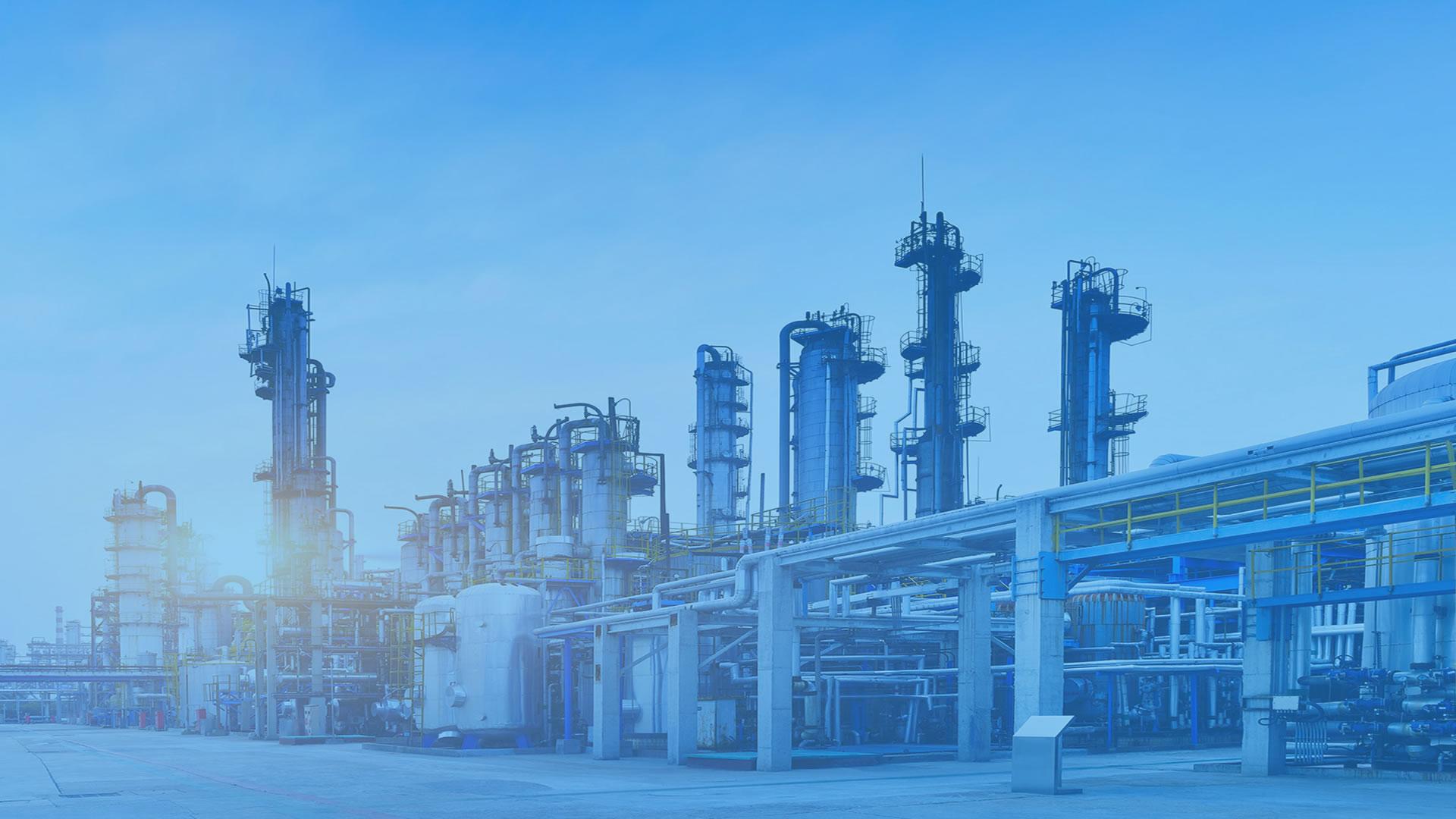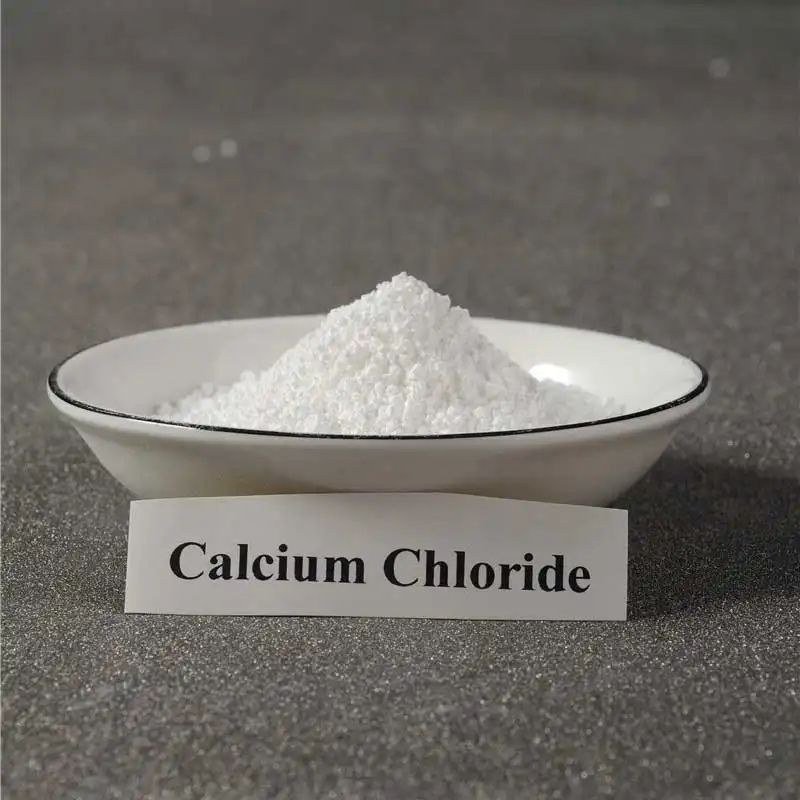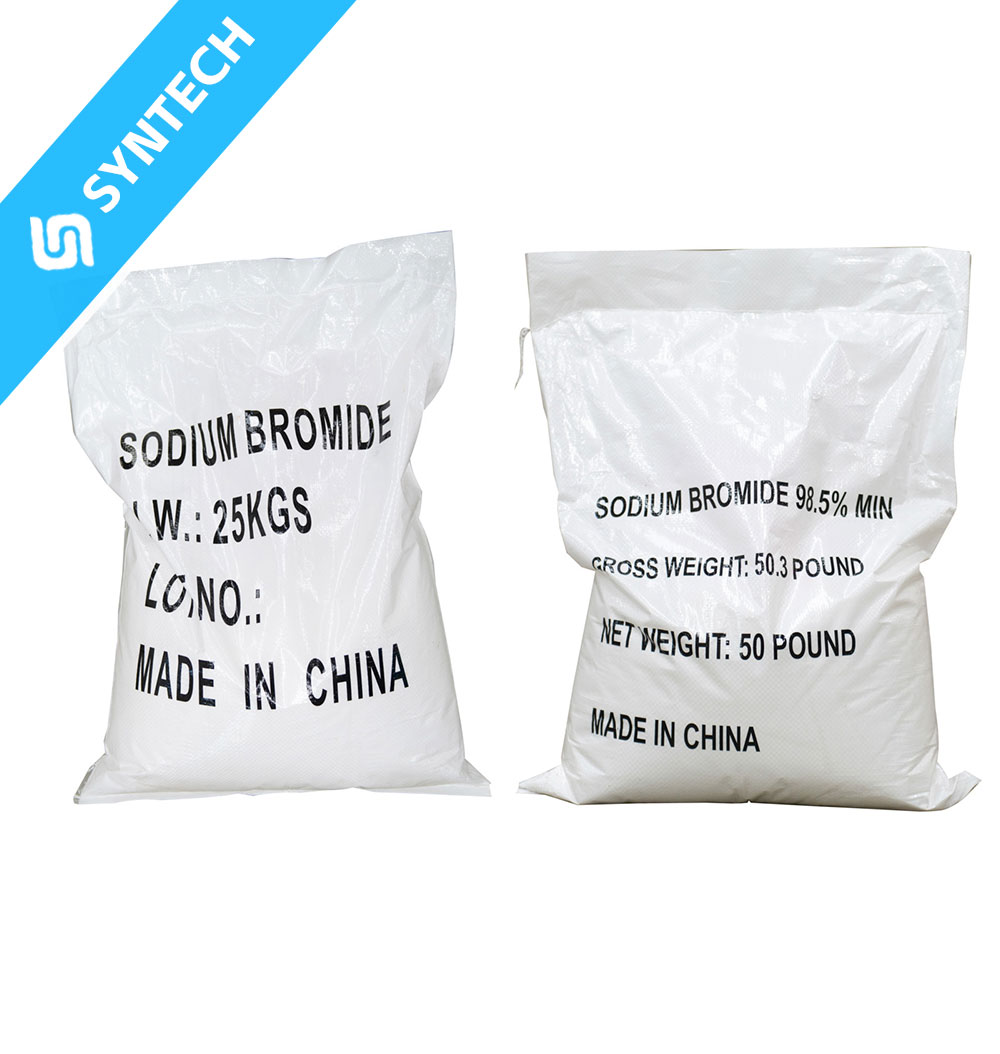EOR agents are critical chemicals used to improve oil recovery, primarily during secondary and tertiary recovery stages. Based on their chemical properties and mechanisms, common oilfield EOR agents can be classified into the following categories:
1. Polymer Flooding Agents
- Mechanism: Increase the viscosity of injected water to improve the mobility ratio between oil and water, expand sweep efficiency, and enhance oil displacement.
- Main Types:
- Polyacrylamide (PAM): The most widely used polymer flooding agent, suitable for reservoirs with low to moderate salinity.
- Hydrophobically Associating Polymer (HAPAM): Exhibits temperature and salt resistance, making it ideal for high-temperature, high-salinity reservoirs.
- Application Case: Dongzheng Chemical’s polymer flooding agents have been successfully applied in Daqing and Changqing oilfields, improving recovery rates by 5%-15%.
2. Surfactant Flooding Agents
- Mechanism: Reduce oil-water interfacial tension (as low as 10⁻³ mN/m) and alter rock wettability to facilitate crude oil detachment from rock surfaces.
- Main Types:
- Anionic Surfactants (e.g., petroleum sulfonates): Suitable for low-salinity reservoirs.
- Nonionic Surfactants (e.g., polyoxyethylene ethers): Offer better salt tolerance.
- Cationic Surfactants (e.g., CTAB): Can be combined with deep eutectic solvents (DES) to enhance recovery in low-permeability reservoirs.
- Application Case: Dongzheng Chemical’s surfactant-based EOR agents have been used in Middle Eastern and Russian oilfields, reducing extraction costs while improving recovery rates.
3. Combination Flooding Agents (ASP Flooding – Alkali-Surfactant-Polymer)
- Composition: Polymer + Surfactant + Alkali (e.g., NaOH or Na₂CO₃).
- Mechanism:
- Polymer increases fluid viscosity for better sweep efficiency.
- Surfactant reduces interfacial tension to improve oil displacement.
- Alkali reacts with acidic components in crude oil to generate natural surfactants, enhancing recovery.
- Application Case: Shengli Oilfield’s ASP flooding has improved recovery rates by 10%-20%.
4. Viscoelastic Particle Flooding Agents (e.g., products developed by Jiang Zuming’s team)
- Mechanism: Combine “plugging large pore channels” and “deforming through small pores” to enhance sweep efficiency.
- Features: High-temperature resistance (>85°C), high-salinity tolerance (>30,000 mg/L), suitable for post-polymer flooding reservoirs.
- Application Case: After application in Shengli Oilfield, recovery rates exceeded 60%, extending the economic life of mature oilfields by 10 years.
5. Nanofluid Flooding Agents
- Mechanism: Use nanoparticles (e.g., SiO₂) to modify rock wettability, reduce injection pressure, and improve oil displacement efficiency.
- Application Case: In low-permeability reservoirs, nanofluids can reduce interfacial tension to 0.55 mN/m, significantly boosting recovery.
6. Microbial EOR Agents
- Mechanism: Utilize microbial metabolites (e.g., biosurfactants, gases) to reduce oil viscosity and improve flowability.
- Advantage: Environmentally friendly and suitable for complex reservoirs, but slower-acting.
Future Trends
- Smart EOR Agents: AI and big data-driven injection optimization.
- Eco-Friendly Agents: Biodegradable, low-toxicity formulations (e.g., Dongzheng Chemical’s green surfactants).
These EOR agents can be used in combination based on reservoir conditions (temperature, salinity, permeability) to maximize oil recovery.






